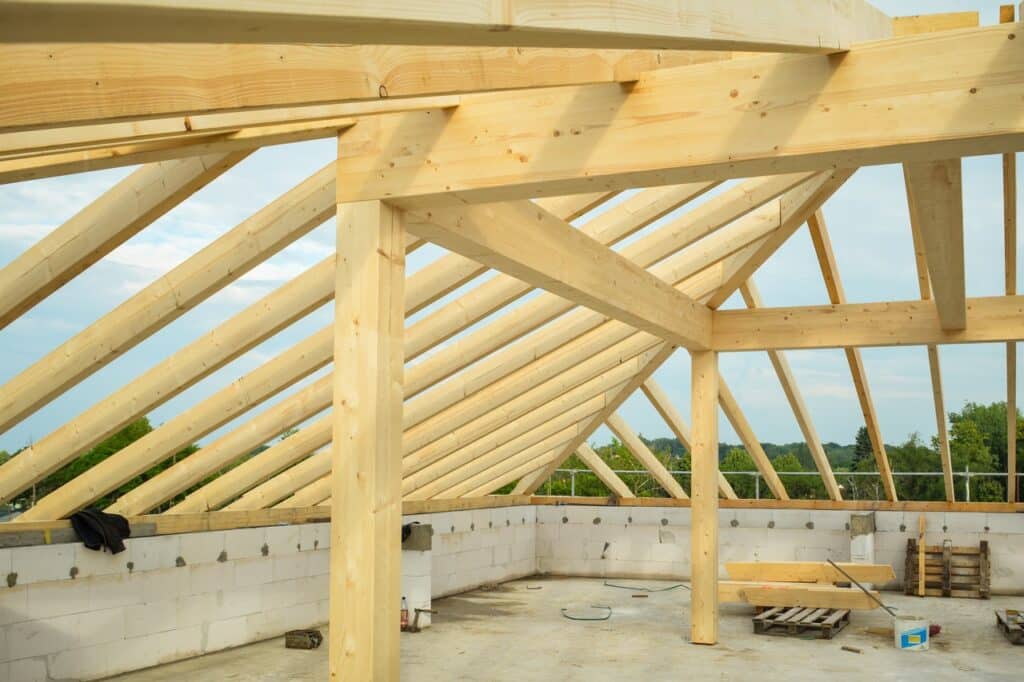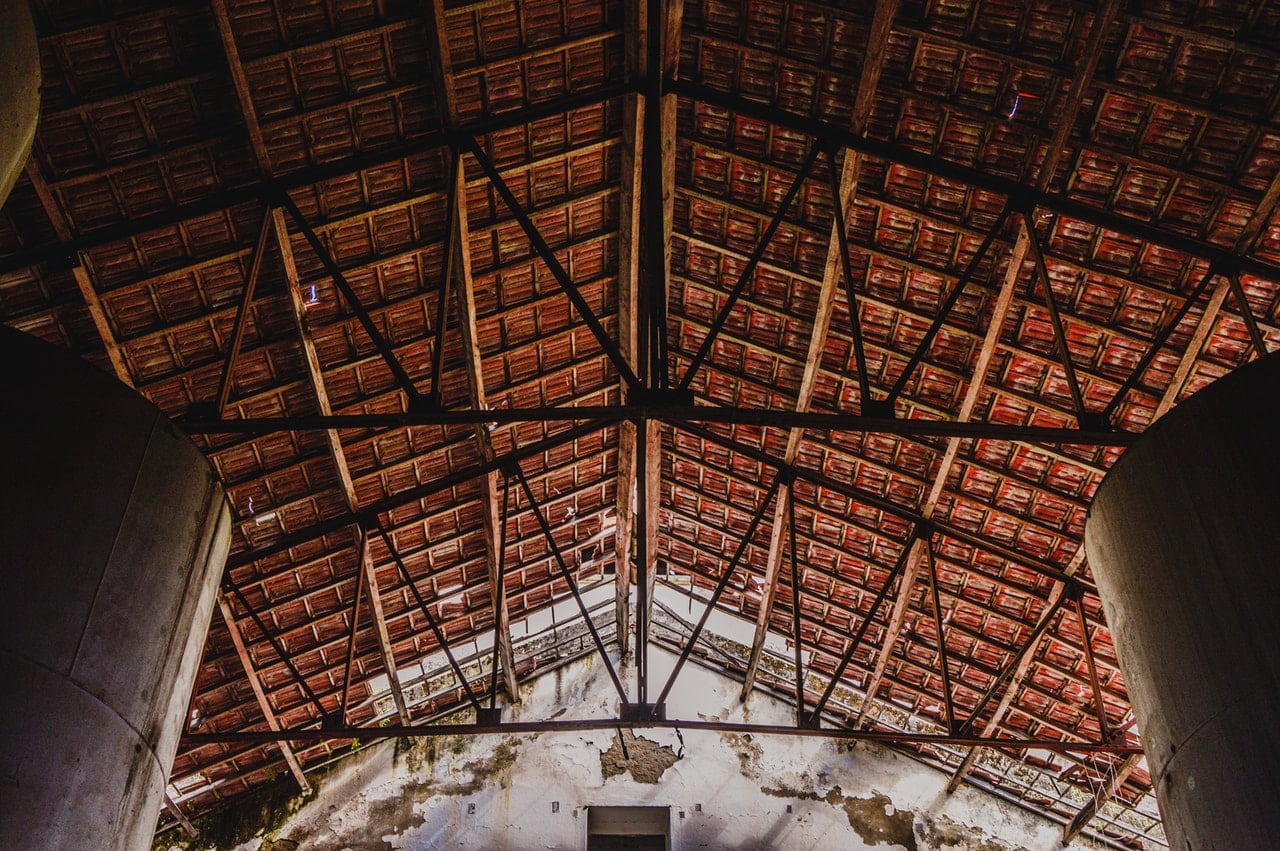Aside from the roof panels that are visible from the outside of structures, roofs are composed of various components that help roofs with the function of protecting structures from potential threats, such as extreme weather or animals. One of these particularly important roofing components is a roof truss. Learn more about it here.
What are Roof Trusses?
Roof trusses add strength and support to roofs. They are triangular structures composed of top chords, bottom chords, posts, and webbing chords. Trusses are placed under tension without bending. Their primary function is to sustain loads to protect the roof from damage, so they are important parts of roofs. Trusses also help with preventing harmful sun rays from easily entering your home, so they can make your home more comfortable.
Types of Roof Trusses
Roof trusses may be classified according to how there are formed. The simplest one is the king post trusses. It is built by using only minimal components—two top chords, a bottom chord, a vertical post at the center, and two webbing chords. They are best for homes, garages, or minor projects.
A king requires a queen. The next roof truss type is the queen post. Like the king post truss, this truss type is simple, but instead of a vertical post at the center, a queen post truss utilizes two posts connected by a beam. Because of their greater span, queen post trusses can be for bigger structures.
Another type is called fink truss, which has two top chords, a bottom chord, and webbings that form the shape of the letter “W.” This webbing allows roofs to handle a heavier load. Fin roof truss also span longer than the first two types mentioned.
If your home requires an attic, the ideal truss is the attic truss. This truss type leaves a generous amount at the center, which you can use as storage or living space.
Gable roof trusses have two top chords, a bottom chord, just like the other trusses we have discussed so far. A key difference is the presence of multiple vertical posts. Gable trusses are used in conjunctions with other trusses. They are built on both ends of a roof structure, like bookends.
Scissor trusses provide vaulted ceilings similar to those of cathedrals. They have sloped bottom chords that create a dramatic view from below. If you want aesthetic ceilings, then use scissor roof trusses.
There are many other types of roof trusses, but the above are the most common ones used in roof construction.
Roof Trusses Materials

Roof trusses can also be classified based on the material they are made of, such as timber and steel.
Trusses made of timber are usually cheaper the steel trusses, making them popular before. However, because wood is prone to bowing and warping, they are used less often in extensive construction projects today. They are also prone to pest infestations, so maintenance can be costly. Timber trusses are also easily damaged by extreme weather. For minor projects, timber trusses may be more economical, so they are still being used today.
Steel trusses serve the same function as their timber counterpart, except that they are made of metal. They may be more costly upfront, but with all the benefits that steel roof trusses offer, you get to enjoy your investment for a long time. Continue reading to know these advantages.
Advantages of Using Steel Trusses
- Durable
Because of the material they are made of, steel roof trusses are more durable than timber trusses, making them ideal for big structures that wood trusses would not normally handle. Despite being lighter than wood, steel roof trusses are stronger thanks to their high strength-to-weight ratio. This simply means that they can handle heavy loads or strong winds and rains.
Moreover, steel roof trusses are pre-fabricated to specifications. Thus, you can guarantee that they are shaped or designed the way you need them, without fearing that they will warp or change form later, which happens to wood when exposed to changing environmental conditions.
- Low-Maintenance
Steel roof trusses are not as high maintenance as timber trusses. You don’t need to spend on chemical treatments as steel is resistant to termites. Especially in the Philippines which experiences humid weather for half of the year, termites are common problems with any wood structures and components. - Fire resistant
Aside from being pest-resistant, steel trusses are also fire-resistant. These steel materials have fire-retardant coatings, so they resist fire and stop it from spreading fast when structures are already on fire.
Galvanized Steel Trusses Manufacturer in the Philippines
If you need purlins supply for your roof trusses, only source them from a trusted roofing manufacturer in the Philippines, like Union Galvasteel Corporation. UGC can provide steel roofing requirements in accordance to your specifications, so we can guarantee that they would fit your needs.
For prices of purlins in the Philippines for roof trusses or other questions about any roofing materials or steel building system components, Union Galvasteel Corporation is here for you. UGC manufactures and distributes prepainted and other galvanized roofing. We have the largest and most diversified distribution network in the industry, and with warehouses and sales offices in strategic locations throughout the country, we are easy to find. Get in touch with us via our website or call these numbers for assistance: (02) 8520-8822-23; 8520-8831; (049) 545-0084 to 86 or 09175033965 (Globe) and 09190032303 (Smart).




